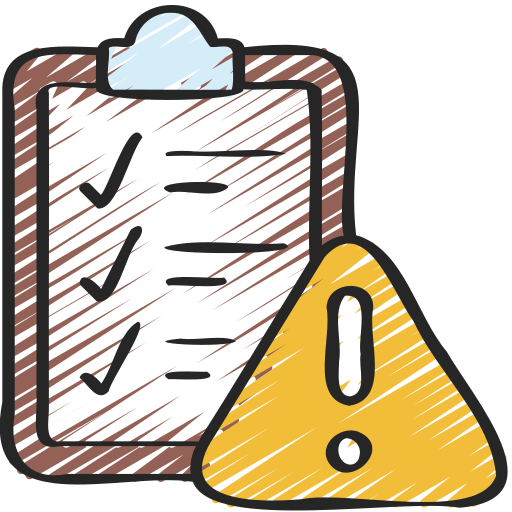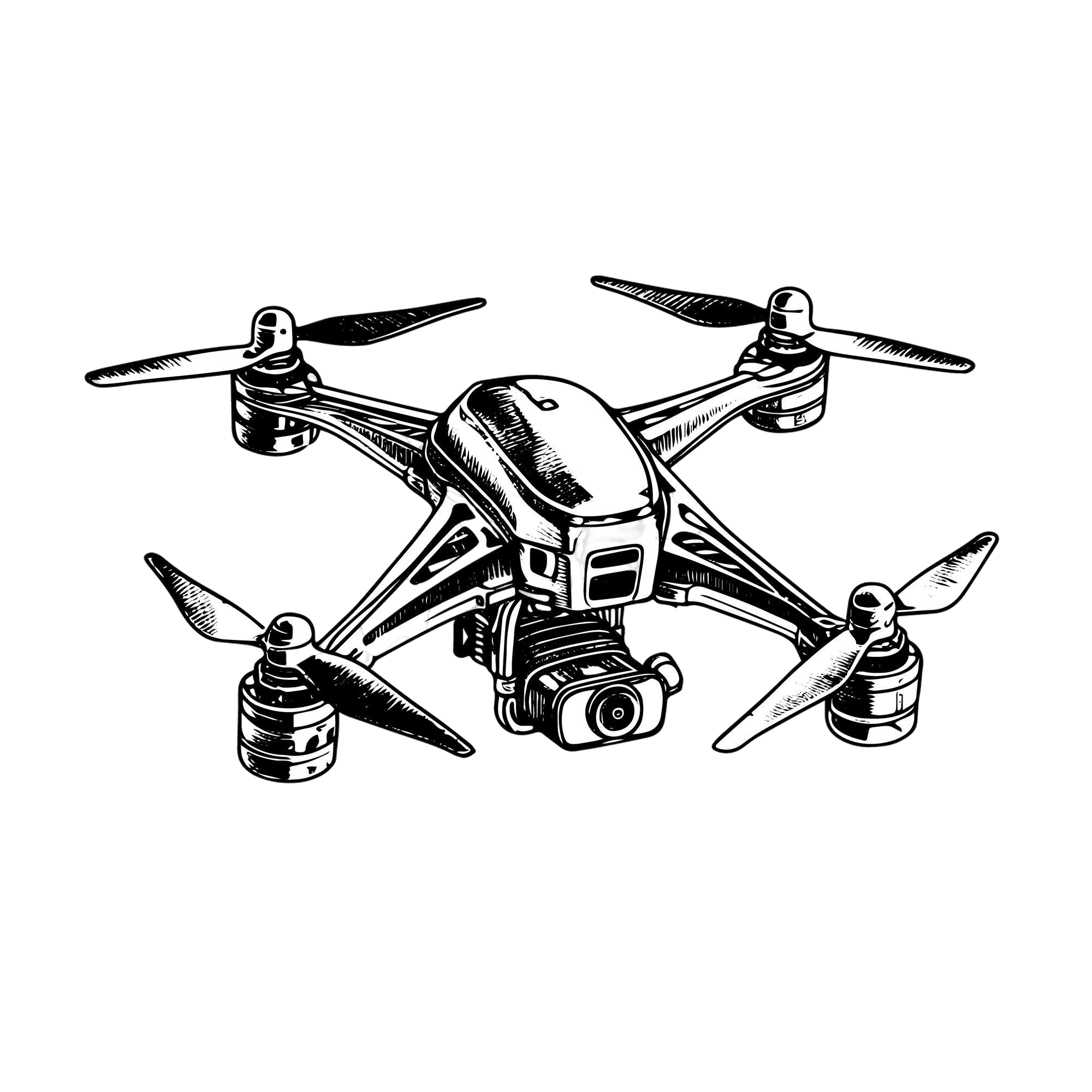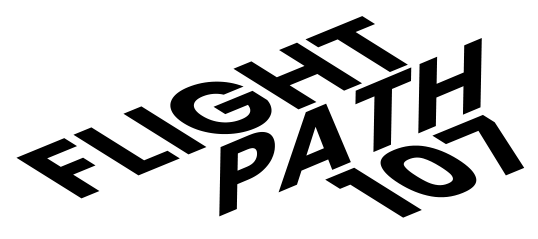Crew Resource Management (CRM)
In Effect Across All Phases of Flight
and Utilizing All Available Resources

Defining CRM:
Crew Resource Management (CRM) means leveraging the all resources at your disposal during all phases of flight to manage potential risks, make sound decisions, and work effectively as a team.
All Phases of Flight:
Crew Resource Management (CRM) is meant to be used during all phases of flight and across the entire flight mission timeline—from planning and preflight to operations and post-flight review.
The FAA wants you to know that CRM isn’t just for emergencies—it’s about using all available resources (people, equipment, and information) to make safe, smart decisions at every step.
All Resources Utilized:
Even in solo drone operations, Crew Resource Management (CRM) means using every available resource to support safe and effective decision-making. This includes:
- People – The Remote Pilot in Command (RPIC), Visual Observers (VOs), and any ground crew all contribute critical information and support throughout the mission.
- Equipment – Cameras, sensors, communication devices, and any onboard technology help monitor and manage the flight.
- Information – Be aware of surrounding traffic, airspace restrictions, weather, equipment status, and aircraft performance to make smart, timely decisions.
CRM is an active process—use it during every phase of flight.

Designated Checklists:
Always use designated checklists to make sure no crucial steps are overlooked in CRM for small UA operations.
CRM In-The-Field
You’re out in the field, setting up for a drone shoot near a busy park. You’re the RPIC, and your Visual Observer is scanning the area while you check weather updates and prep the drone. Suddenly, a group of kids starts playing near your planned flight path. Instead of trying to manage it all alone, you coordinate with your VO to redirect the launch area and double-check the airspace for any last-minute updates. That’s Crew Resource Management (CRM) in action—communicating, dividing tasks, and using all available resources to keep the flight safe and smooth.
Aeronautical Decision Making (ADM)
From Problem to Plan:
The Decision-Making Framework for Drone Pilots
Defining ADM:
Aeronautical Decision Making (ADM) is the systematic approach drone pilots use to evaluate changing conditions and make sound, timely decisions to maintain safety throughout flight operations.
It involves evaluating the current situation, anticipating potential problems, and choosing the best course of action based on available information, experience, and training.
ADM is about thinking ahead and managing both routine operations and unexpected changes. The process includes:
- Recognizing a problem or hazard
- Assessing the situation and available resources
- Generating possible options
- Evaluating the risks and benefits of each option
- Choosing and implementing the best course of action
- Reviewing the outcome to learn for the future
Within ADM, risk management plays a central role. It helps you identify and mitigate hazards before they escalate into real threats. But ADM goes further, as it includes managing workload, staying aware of your surroundings, making timely decisions, and continuously monitoring for new information.
ADM In-The-Field
You’re on a rooftop downtown, prepping for a real estate shoot. Just as you’re about to launch, you notice a sudden spike in GPS signal interference on your controller. Instead of rushing the flight, you pause, assess the risk of losing satellite connection mid-air, and consider your options. You decide to switch to a different takeoff spot with better line-of-sight to the sky and fewer signal obstructions. That’s ADM at work—spotting a red flag, weighing the risks, and making a smart call before something goes wrong.
Risk Management
Situational Awareness + Problem Recognition + Good Judgement
Defining Risk Management:
Risk Management is a key component within the Aeronautical Decision Making framework.
- Risk Management is the specific step where you identify potential hazards, assess how serious they are, and decide how to reduce or eliminate them before and during flight.
Quick Breakdown:
- ADM = the full process of making sound decisions.
- Risk Management = the part of ADM focused specifically on identifying and handling hazards.
Think of ADM like the full playbook—and risk management is one of the most important plays in it.
3 Key Features of Risk Management:
Effective risk management relies on three key features that help drone pilots anticipate, assess, and respond to potential hazards before they escalate.
1. Situational Awareness:
Staying aware of all aspects of the flight environment, including weather conditions, air traffic, and aircraft performance. This helps in anticipating potential issues and making informed decisions.
2. Problem Recognition:
The ability to identify problems early is essential. Recognizing potential hazards, such as mechanical issues or changing weather conditions, allows for timely intervention and risk mitigation.
3. Good Judgment:
Using good judgment to make sound decisions that prioritize safety. This involves weighing the risks and benefits of different actions and choosing the safest course.
How these Features Work Together:
By maintaining situational awareness, pilots can stay informed about their surroundings and the status of the aircraft. Recognizing problems as they arise allows them to address issues before they escalate. Finally, using good judgment ensures that the decisions made during the flight prioritize safety and reduce risks.
Example: “Accident Chains”
In aviation, the “accident chain” refers to a series of events or failures that can lead to an accident.
Each link in this chain represents a potential failure point. Breaking any link can *prevent* the accident from occurring.
To prevent becoming the final “link” in this chain, a remote pilot must actively engage in Risk Management.
Here’s a simple example of an accident chain in a drone mission:
You’re preparing for a mapping mission near a construction site.
- First link – You notice strong winds but decide to fly anyway to stay on schedule.
- Second link – You skip the preflight checklist because you’ve flown this route before.
- Third link – Your battery wasn’t fully charged, but you assume it’ll last.
- Final link – Mid-flight, the wind picks up, your drone struggles to stabilize, the battery drains faster than expected, and you crash into scaffolding.
If you had broken any one of those links—by delaying the flight due to weather, running a preflight check, or swapping in a fully charged battery—the accident likely would’ve been avoided.
That’s why Risk Management matters. It helps you spot and break those links before they connect and your potentially crashes.
Risk Management and Good Judgement In-The-Field
You’re getting ready to fly a drone over a large farm to capture crop data, and you notice dark clouds rolling in from the distance. The forecast called for clear skies, but conditions are changing fast. You consider pushing forward to stay on schedule—but instead, you use good judgment and postpone the flight. The risk of sudden wind or rain isn’t worth a damaged drone or bad data. That’s risk management in action: recognizing the hazard, assessing the changing conditions, and making a smart call that puts safety first.
Situational Awareness
Continuously perceiving, understanding, and anticipating your environment.
Defining Situational Awareness:
Situational awareness is your superpower as a drone pilot. It’s what keeps you one step ahead—spotting hazards before they become threats, making sharp decisions under pressure, and staying in control of your flight.
When the aspects of the flight mission shift, your awareness is what keeps the mission on track.
The following situational awareness strategies help drone pilots stay alert, informed, and in control at all times.
- Visual Monitoring:
- Keep your drone within visual line of sight (VLOS) at all times. This helps you track its position and spot any obstacles or changes in the environment.
- Environmental Awareness:
- Be aware of the weather conditions, airspace restrictions, and any nearby aircraft or obstacles. This includes monitoring real-time data from onboard sensors and external sources.
- Assessing Information:
- Interpret the data you gather from visual observations, control system instruments, and environmental conditions. Understand how these factors affect your flight.
- Regular Sky Scanning:
- Continuously scan the area around your drone, checking for obstacles, other aircraft, and changes in weather conditions.
Situational Awareness In-The-Field
You’re mid-flight over a vineyard, capturing smooth tracking shots along the rows of vines. Everything’s going well—until you hear a low hum and spot a small crop-dusting plane approaching in the distance. Because you’ve been scanning the airspace and staying alert to your surroundings, you immediately lower altitude and move the drone to a safe position. That’s situational awareness: constantly observing, processing what’s happening around you, and responding in real time to keep the operation safe.




